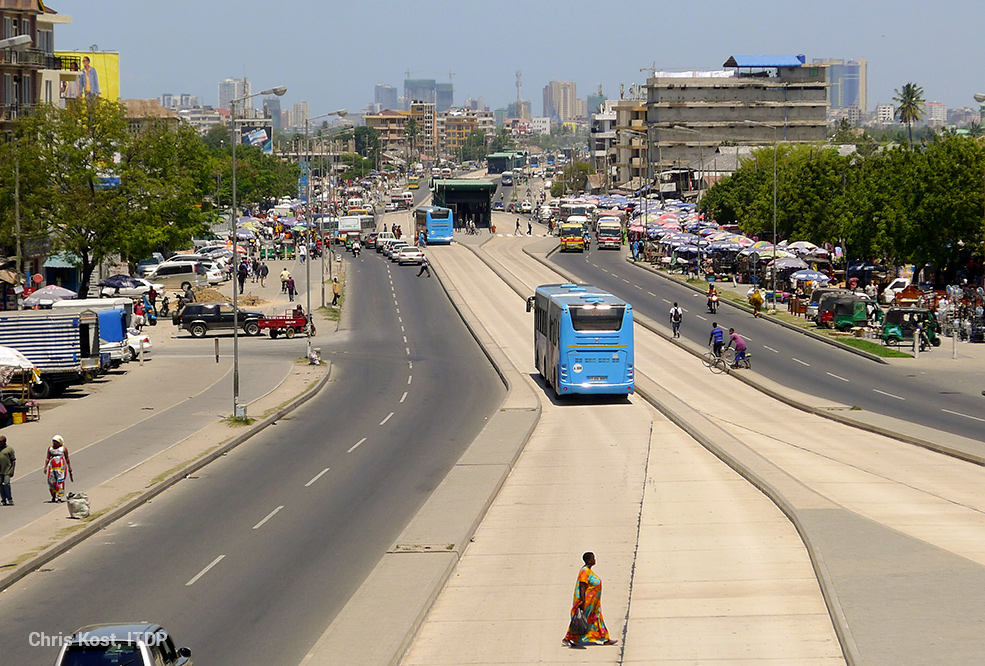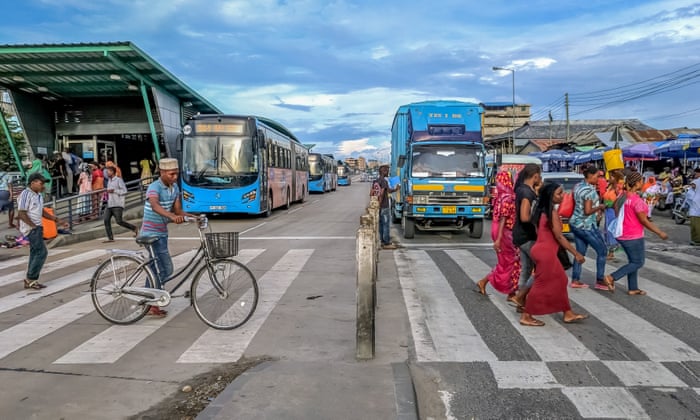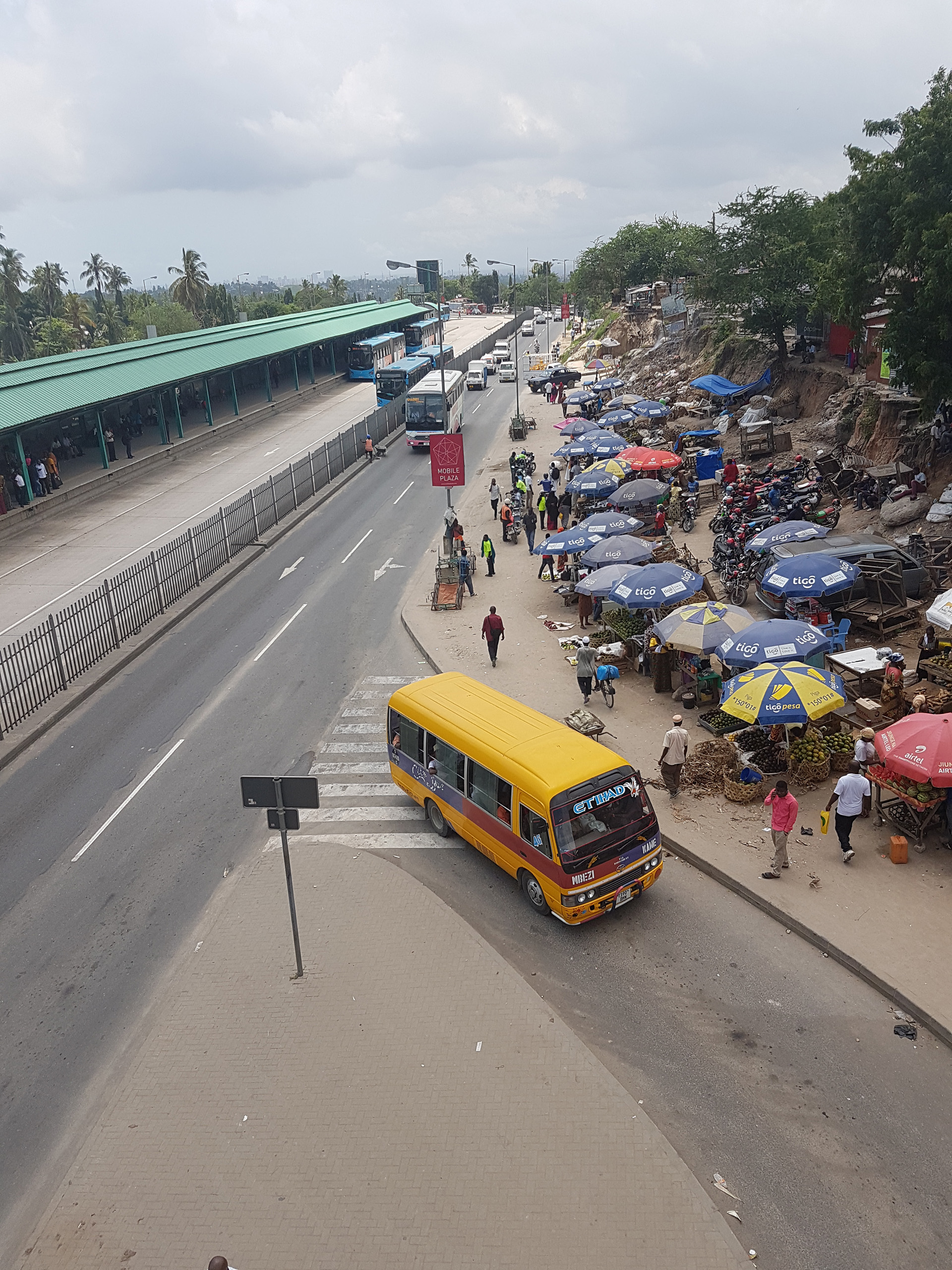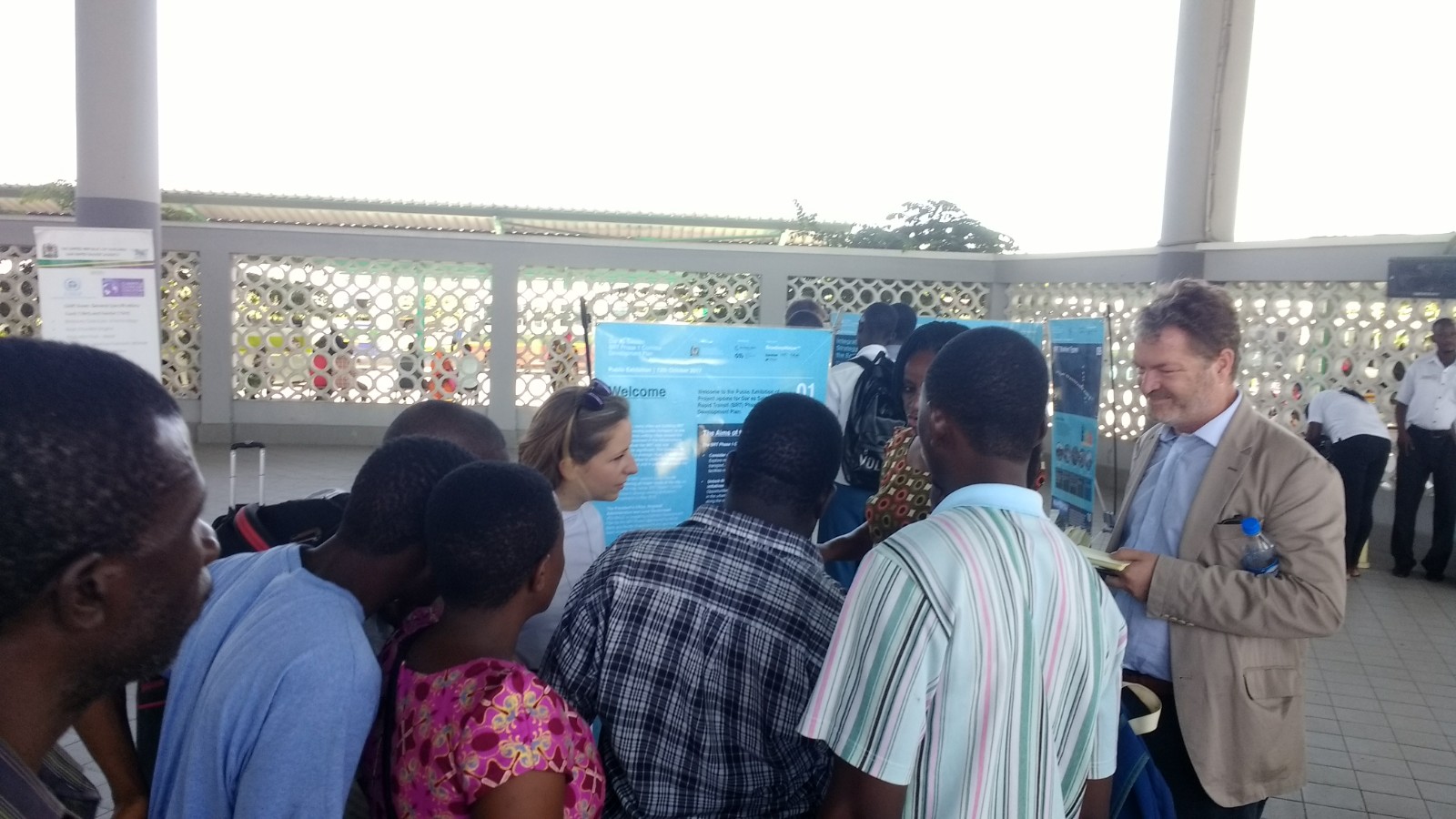Dar Es Salaam Metropolitan Development
Dar Es Salaam

Dar es Salaam, the largest city and business capital of Tanzania, is facing major population growth with forecast of a metropolitan population of over 13 million by 2030 causing significant strain on the urban infrastructure.
The new rapid transport system already enables thousands of the city’s inhabitants to reduce three-hours of travel into the city, down to just 45 minutes by BRT.
Sponsored by The World Bank & The Nordic Development Fund (NDF), MIC-HUB assisted the team, composed by Broadway Malyan, Aurecon, CoLab and Pangani Real Estate Services, to formulate strategies and design guidelines for metropolitan transit corridors and Transit-Oriented Developments (TOD) around Phase 1 Bus Rapid Transit (BRT) stations.
Location
Dar Es Salaam
Client
Dar Es Salaam Metropolitan Development
Main expertise
Transport Planning; Transport Infrastructure
PROJECT HIGHLIGHTS
- Assessment of city wide Transport and Mobility Context
- Set up of a transport / land use GIS platform
- Surveys (Manual Turn and Link Classified Counts at junctions, Origin-Destination Survey, Transit Passengers Survey, Pedestrian Survey)
- Spatial Analysis at Urban and Corridor scale
- Road network, Public transport, Non –motorized mobility strategy, Car parking strategy
- TOD Planning Guidelines
- Detailed planning scheme for two nodes of the CDS
Project gallery
Our contribution
The overall objective of the assignment builds on the success of the BRT’s journey time improvements to stimulate a substantial and thriving new connected redevelopment, attracting new inward investment, creating jobs and helping to improve living standards and related city infrastructure.
Once completed, this framework will become a prototype approach for all future six phases of the BRT network.
The strategy has been developed through a participatory approach and according to the relevant statutory requirements for urban planning. Engaging with the stakeholders and local communities was instrumental to include local needs into the process.
The use of Big Data was key information to better understand how, when and where people move in Dar es Salaam.






